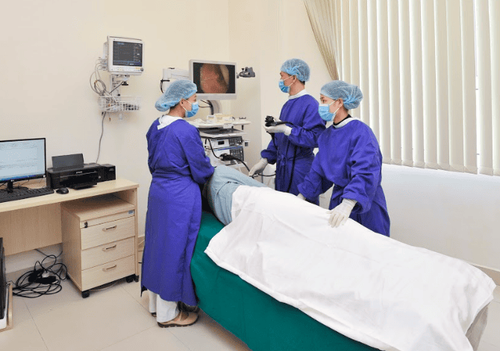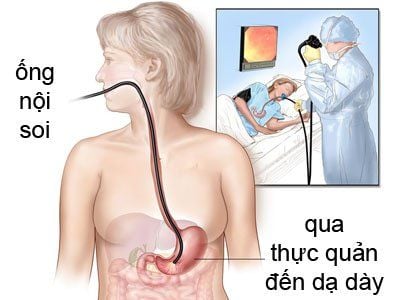This is an automatically translated article.
Intra-abdominal tumor biopsy under laparoscopic guidance is a minimally invasive, safe, and patient-less technique that is used more and more widely.
1. The role of laparoscopic biopsy of intra-abdominal tumors
Tumor in the abdomen is often a pathological manifestation of the visceral organs in the abdomen. Organs such as liver, spleen, pancreas, stomach, colon, uterus, ovary, lymphatic system, ... when there is malignant lesions, most of them will manifest as tumors. 70-80% of patients with liver cancer, pancreatic cancer, stomach cancer in Vietnam are hospitalized with abdominal tumors.
In addition, intra-abdominal tumors are also manifestations in the late stages of severe benign lesions (kyst), mixed tumors, fibromyalgia,... Tumors grow with large sizes when they are about to burst or rupture will cause internal bleeding, if not treated promptly, it will seriously threaten the patient's life.
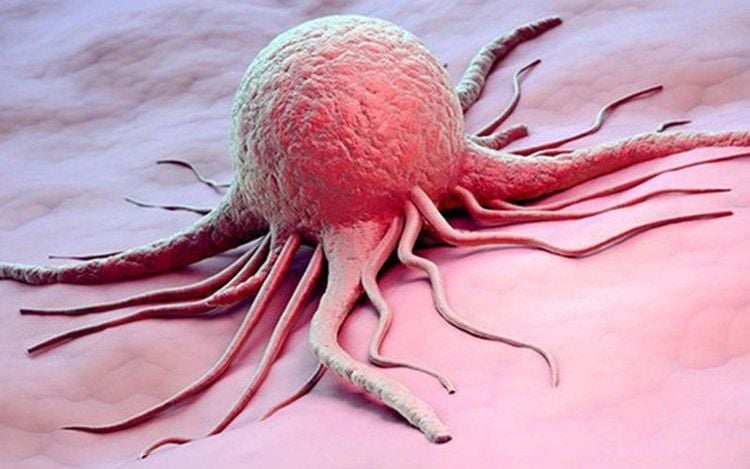
Tổn thương tạng ác tính sẽ hình thành khối u trong ổ bụng
Biopsy is a technique that aims to remove patient samples such as tissue samples, cells from the body for anatomical examination or for chemical analysis. A biopsy is done to know for sure if something is suspected to be cancerous, and it can also be used to find the cause of an infection or abnormal swelling. Biopsy results play an important role in selecting treatment methods and evaluating treatment effectiveness.
Intra-abdominal tumor biopsy under laparoscopic guidance is a minimally invasive, safe, and patient-less technique that is used more and more widely.
2. In which cases is laparoscopic biopsy of the tumor performed?
Laparoscopic intra-abdominal tumor biopsy is indicated for:
Newly detected intra-abdominal tumor or growth during follow-up on conventional X-ray without diagnosis of advanced intra-abdominal tumor The surgical stage needs to be clearly defined in order to continue to choose other appropriate treatment methods. Laparoscopic intra-abdominal tumor biopsies should not be performed in patients with platelets <100,000/ml, in patients with coagulopathy, or in patients with contraindications to peritoneal inflation such as valvular heart disease, coronary artery disease, and coronary artery disease. chronic heart disease,...
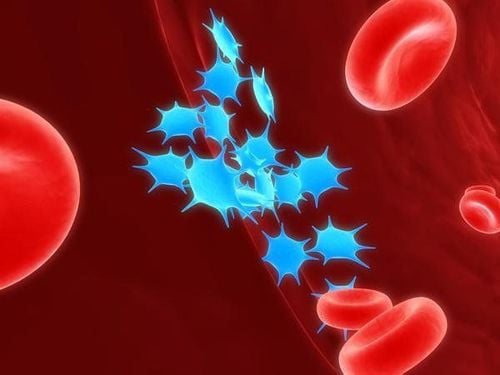
Không nội soi sinh thiết u trong ổ bụng với bệnh nhân có tiểu cầu < 100.000/ml
3. Steps to perform laparoscopic biopsy of intra-abdominal tumor
Before surgery: The medical staff will advise the patient and family about the purpose of surgery as well as possible risks. Surgery is only performed when the patient and family agree to sign the consent form for surgery. To prepare for the surgery, the patient was done basic tests, X-ray film, electrocardiogram, echocardiogram. Replenish water and electrolytes, prophylactic antibiotics before surgery.
Before the operation, the surgical team will check the records including the minutes of consultation, the minutes of surgery approval, the minutes of pre-operative examination and pre-anesthesia. Double check to make sure it's the right patient.
Steps of the process of laparoscopic biopsy of the tumor in the abdomen:
Depending on the position of the tumor in the abdomen, the doctor will instruct the patient to lie on his or her back or side during the operation. The patient was then placed on a nasogastric tube and under endotracheal anaesthesia. The doctor will place the first 10mm trocar in the navel area for the laparoscope, according to the open method. The remaining two trocars will be placed depending on the tumor location for easy manipulation. After approaching the tumor, the surgeon will use surgical scissors to cut out pieces of the tumor in many suspicious locations.
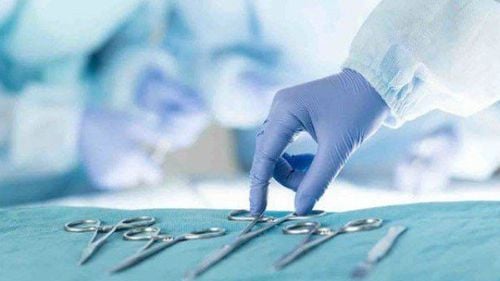
Bác sĩ dùng kéo phẫu cắt mẩu khối u ở các vị trí nghi ngờ để kiểm tra
After the specimen is taken, the doctor will check the whole body for bleeding or other complications. If the condition is stable, the doctor will drain the fluid, remove the trocars, deflate and close the trocar holes, ending the surgery. The patient will be given fluids and a nasogastric tube for 12 hours after surgery, then can have a light meal. Pulse, body temperature, blood pressure, abdominal distension,... are closely monitored after surgery to monitor bleeding after biopsy.
4. Handling complications after laparoscopic biopsy of intra-abdominal tumor
Bleeding is the most common complication after laparoscopic biopsy of an intra-abdominal tumor, usually bleeding from the biopsy area. Bleeding is usually treated with medical therapy, if it is not effective, the patient will be re-operated to stop the bleeding.
Vinmec International General Hospital with a system of modern facilities, medical equipment and a team of experts and doctors with many years of experience in neurological examination and treatment, patients can completely peace of mind for examination and treatment at the Hospital.
To register for examination and treatment at Vinmec International General Hospital, you can contact Vinmec Health System nationwide, or register online HERE.
SEE MORE
Diagnostic laparoscopy: When should it be done? In which cases is laparoscopic surgery usually indicated? Diagnosis and laparoscopic surgery





